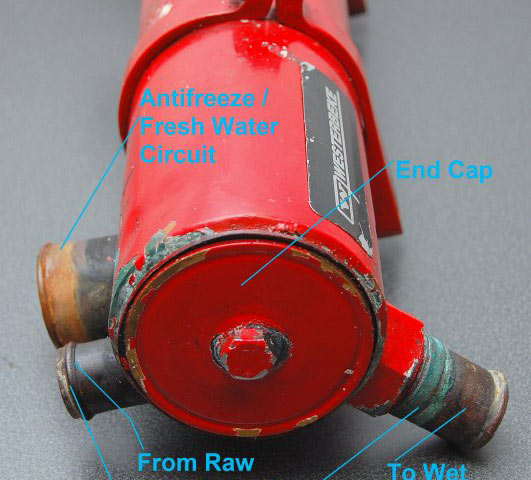Need help. My boat is no longer huffing with the engine (Universal M25 XPB) running (i.e. cooling water is not being expelled). There is a distinct sound when water is flowing through the system. That sound isn't there. It sounds like the seacock is closed (it isn't). When the water exhaust port goes in the water there is a bubbling sound like air is being blown out at low velocity. I'm limiting engine runs to six minutes to get in and out of the marina. Any longer and the water temperature goes above 180.
- I cleaned the raw water strainer. Nothing much there
- I changed the water impeller (Oberdorfer N202M). The old impeller looked like new after 4 years and 125 hours
Water did drip out when I opened up the cover plate for the impeller. It wasn't much water.
- Diving on the boat to clean the hull, I checked the water entry port (seacock open) was clear and the water exhaust port was clear.
What do I check next? I'm at a loss.
- I cleaned the raw water strainer. Nothing much there
- I changed the water impeller (Oberdorfer N202M). The old impeller looked like new after 4 years and 125 hours
Water did drip out when I opened up the cover plate for the impeller. It wasn't much water.
- Diving on the boat to clean the hull, I checked the water entry port (seacock open) was clear and the water exhaust port was clear.
What do I check next? I'm at a loss.



